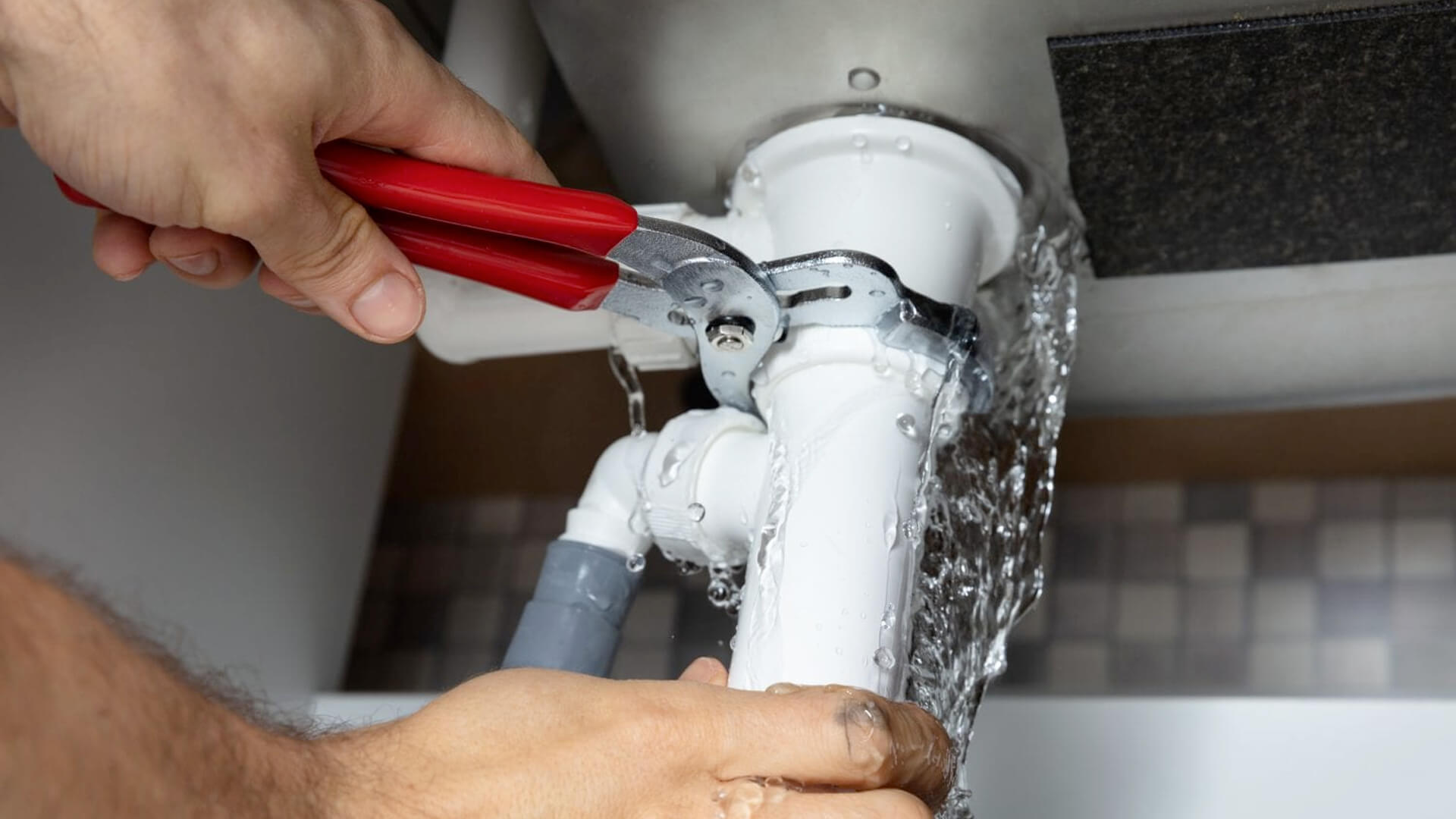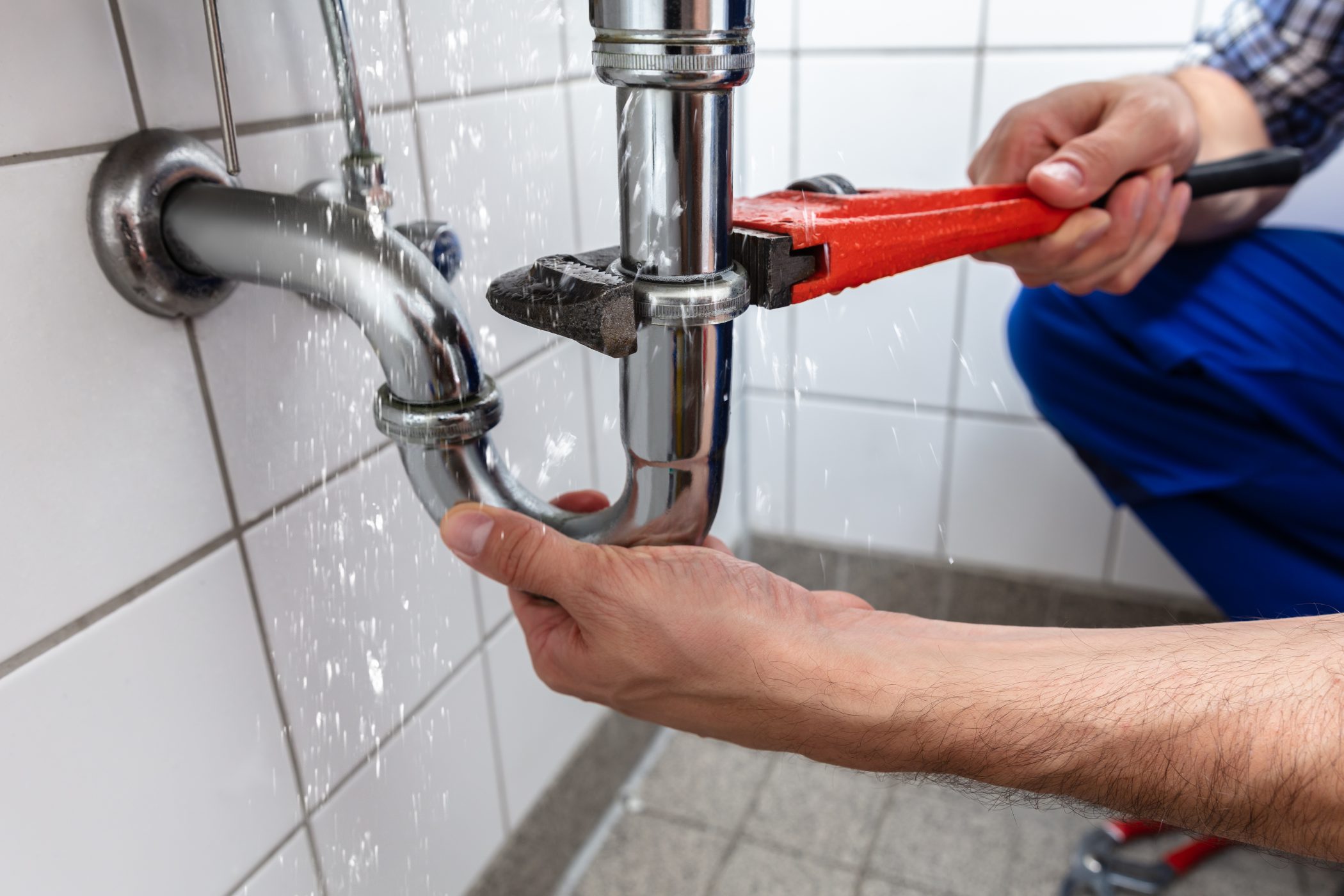Proper Actions for a Bursting Pipe
Proper Actions for a Bursting Pipe
Blog Article
Almost everyone has his or her own assumption when it comes to 6 Basic Steps to Stop a Burst Pipe from Getting Out of Control.

The prompt reaction when a pipeline bursts in your building is to enter full panic setting. Do not worry; you are not alone as the majority of property owners feel this way, also. Nevertheless, this issue can result in substantial home damage.
Though it might be tough to do, continue to be tranquil and collected. Making hasty decisions can make the circumstance worse. To assist you out, right here are six immediate steps you should take when facing burst pipelines. Bear in mind, expertise is power so checking out this prior to it occurs will allow you to stay in control also in the middle of a substantial emergency water leakage:
Conduct a Quick Visual Assessment
Though your impulse is to shut off the shutoff as soon as possible, pause for some time as well as conduct a fast visual examination of the site. Attempt as well as spot where the water is dripping from. Doing so will enable you to advise the plumber on what area to consider. This less-than-a-minute perusal will certainly save you time as well as aid your plumber rapidly determine the origin.
Close the Main Water Valve
After a fast scan, you can now shut down the major water system. Maintaining water running will lead to large damage. The last thing you need is major flooding warps wooden floors or destroys appliances and furniture. You also want to stay clear of mold growth. Turn off the valve and also call the plumber for an emergency assessment.
Drain the Pipe
As you wait on the plumber to arrive, drain the water moving in the pipes. Simply run your tap as well as purge the toilet to guarantee that whatever water is continuing to be will totally drain. When you do this, the leakage will quit going where it's not supposed to be to begin with. Keeping that, the plumber can also function faster. Simply don't forget to turn off the tap after the pipelines are drained.
Try a DIY Pipe Repair
If you have actually obtained handyman skills, do a minor repair service like sealing a tiny split. You can buy piping sealant to make quick fixes. Be cautious with the application, so you don't aggravate any troubles. If you need to tighten up a couple of nuts as well as screws, stand up to need to over-tighten as this can cause leaks down the line.
Eliminate Any Standing Water
Don't let any kind of standing water sit for too. It will cause even more damage if water permeates right into your floors or carpet. You also do not want it to flow into vital products like electronics. Tidy up the water and completely dry the location off immediately. If you have electric followers, maintain them going to flow the air and also promote quicker drying.
Call a Reputable Plumber
If you really feel unsure about your skills to repair a little crack or tiny leakage, it is best to call a specialist plumber. When it involves repair services, they have the expertise, skills, tools, and also experience to get things done quickly. Playing with pipes is not a joke as it can lead to more difficulties if done improperly. Discovering a reliable plumbing solution guarantees your water leak is dealt with efficiently and efficiently.
A Frozen Pipe Has Burst, What Are The Next Steps?
How to Tell if Pipes are Frozen
It’s important to catch frozen pipes early to prevent damages. Typically, you will be able to boost your thermostat or talk a professional plumber before any damage occurs. However, here are a few signs that will help you identify if your pipe is frozen.
No Water – An obvious sign that you have frozen pipes is if there’s a complete lack of water coming from your faucets or fixtures. Frost – If you can gain access to view your pipes, check to see if there is visible frost on them. Take note of which parts of the pipe has frost. Smell – If your pipes freezes, it will block food and waste down your drain, causing a backup and your room to begin to have a bad smell. How to Tell if a Frozen Pipe has Burst
Inspect the Inside of the Building. Go through each area of the building and look for actively dripping water and signs of water damage. Examine any exposed pipes and check them for frost or condensation. Especially keep an eye on rooms such as bathrooms, kitchens, laundry rooms, and unheated areas of the building. Turn on the faucets and flush your toilets. Ensure they are working and the water has no discoloration or smell to it. If there is only a slow trickle of water coming out, or no water at all, this might mean a frozen pipe has burst. Check your water meter. If all fixtures in the building are off and it still shows movement, this could be a sign of a burst. Check the exterior of the building. Look for water building up anywhere out of the ordinary, or sinkholes in your yard. Remove Water Right Away
It is important to clean up water right away to prevent mildew and mold buildup. You will need towels, buckets, mops, and a wet/dry vacuum. Do not wait for the plumber to remove the water for you, the longer you wait the more likely it is that you’ll get mold or severe water damage.
Avoid Extreme Temperatures
First off, make sure the temperature in your home is no lower than 55*F. If you are going to be gone for a long time, turn off your water with the shut off valve to prevent freezing and bursting.
Don’t Leave Still Water in Pipes
When the weather gets too cold, you should let water drip from your faucet. While the dripping might be irritating, this will help prevent water from freezing. You can detect a frozen pipe if the faucet stops working, or the toilet doesn’t refill.
Taking Precautions with Frozen Pipe Damage
A burst pipe is one of the most common issues people face at home. There can be a number of reasons why pipes burst in harsh climate conditions such as extremely cold temperatures. Low to freezing temperatures can freeze the pipes, causing there to be frozen pipe damage and leading them to burst. Regardless of the type of pipes – whether they be metal or plastic, they can still expand or burst and cause water damage to your home. A burst pipe also requires a significant amount of costs in repairs. This is why it’s important to take all the safety measures to prevent pipes from bursting.
Below are some frequently asked questions and helpful steps to take to safely solve any problems you may be experiencing with your pipes at home.
What to Do When a Pipe Bursts:
Turn off the main water supply Contact a professional Quickly remove and clean excess water to avoid further water damage. Take pressure off pipes by draining the faucets Circulate warm air in your home to slowly thaw pipes Use a repair sleeve to temporarily cover the damaged area of the pipe https://jenkinsrestorations.com/frozen-pipe-has-burst-whats-next/

I am just very serious about What to Do When a Pipe Bursts and I'm hoping you enjoyed reading the entire blog entry. Sharing is good. Helping others is fun. Bless you for your time. Visit again soon.
Get An Estimate Report this page